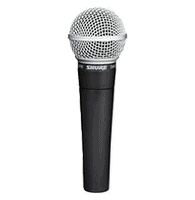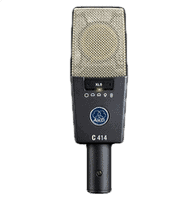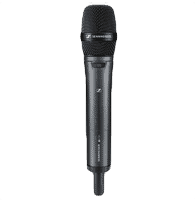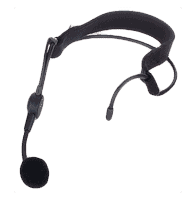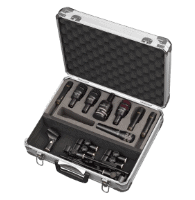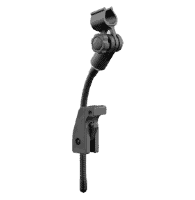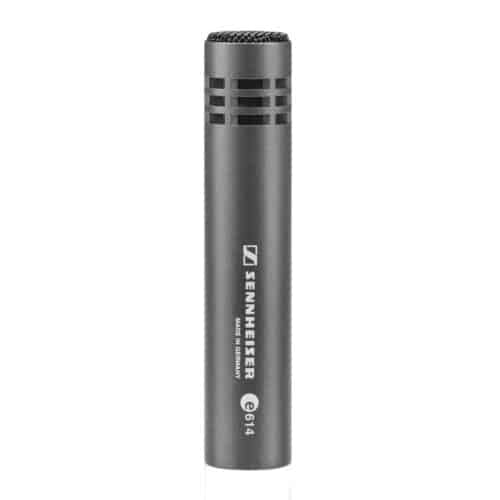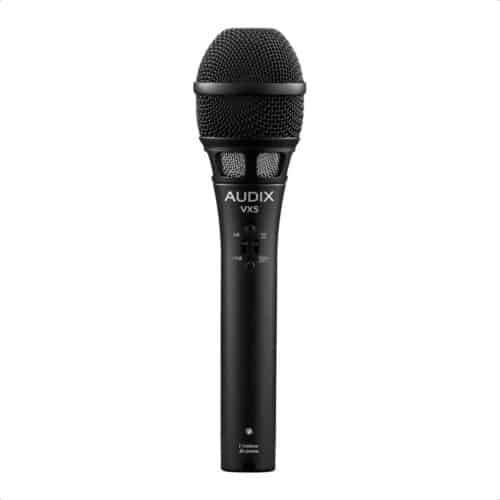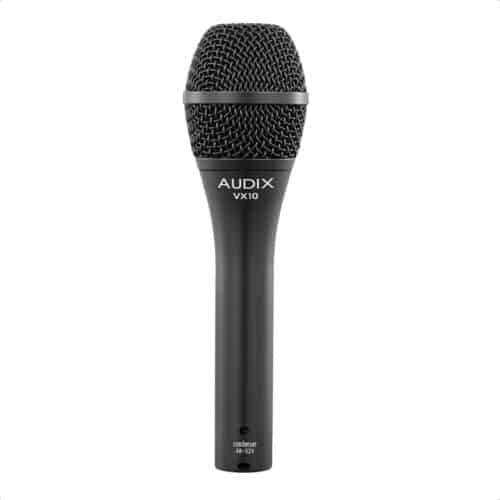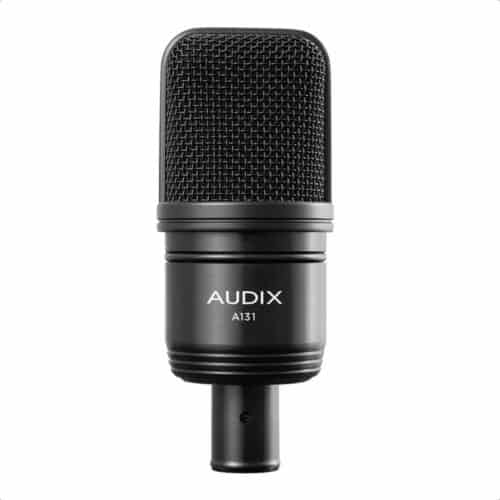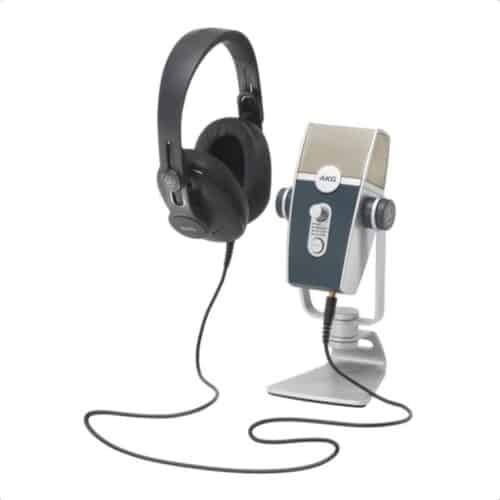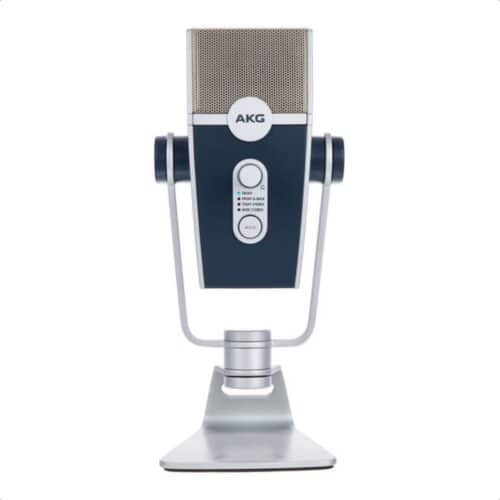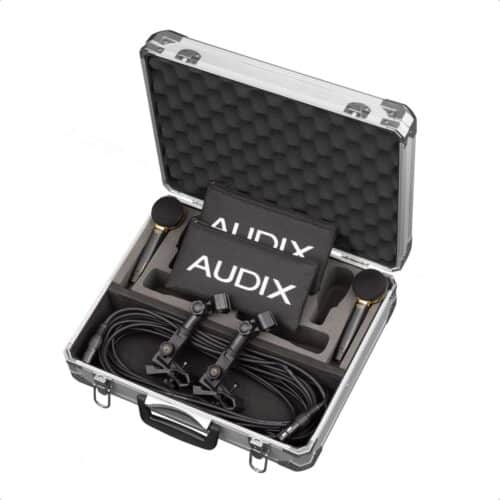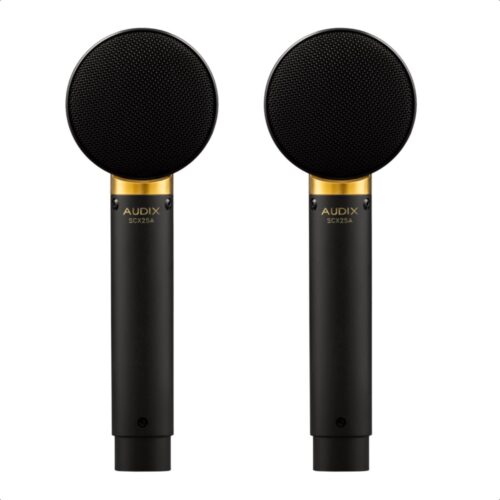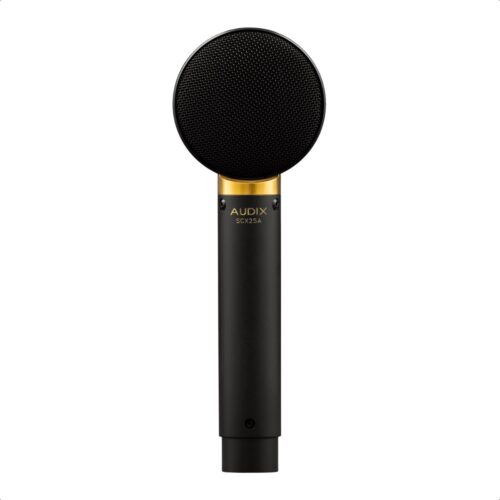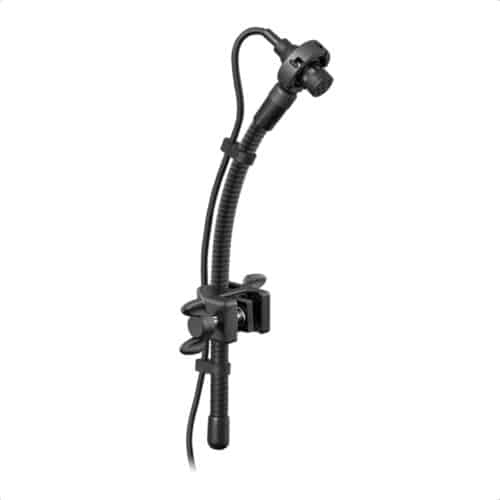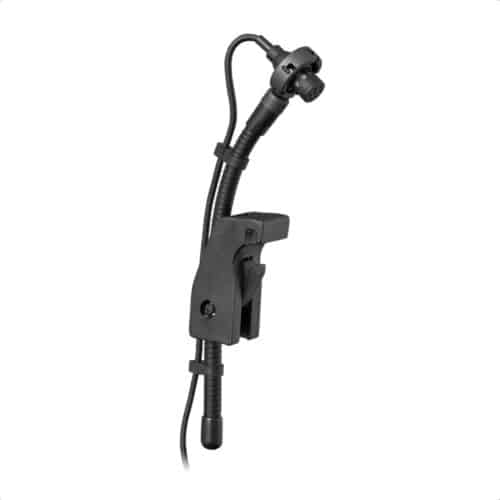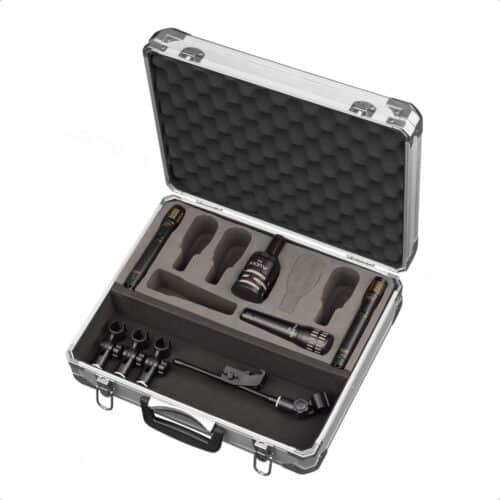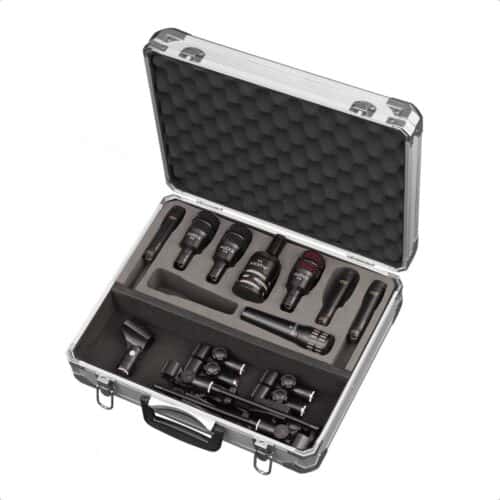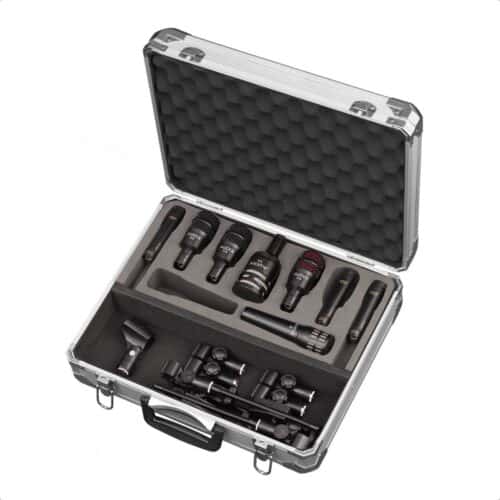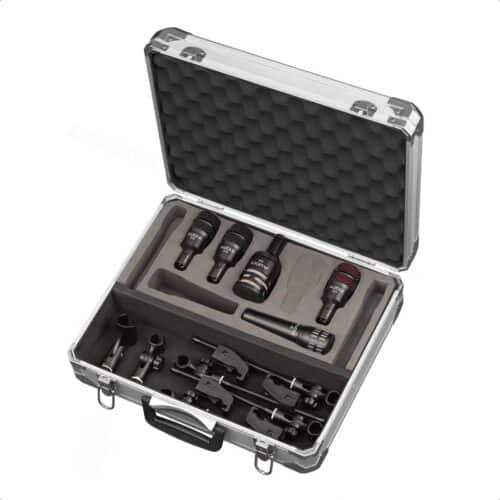Condenser Microphones
Picking The Right Condenser Microphone
Condenser microphones are more sensitive than dynamic mics which makes them generally more expensive, especially if it is for recording vocals. Their live music applications include drum overheads/ hi-hats/ internal kick, choirs and some orchestral/ miscellaneous instruments. Make sure that you have a mixing desk or audio interface that is capable of sending 48V Phantom Power to the mic before buying a condenser microphone.
In a studio setting, a condenser vocal microphone is the best choice as it gives a more crystal clear sound than the majority of dynamic mics. Live condenser vocal mics do exist but it is advisable to only use one if you have a lot of space on stage or use in-ear-monitors because their high sensitivity makes them prone to picking up drum spill or causing floor monitor feedback. Picking up a large area of space works to a condenser mic’s advantage for uses such as drum or choir overheads (live and in the studio). Their frequency response is well suited to picking up mid/ high end treble sounds which is why they are also used for things such as percussion and acoustic guitar recording. Clip on condensers have become popular for instruments of the string/ brass families when performing live but a high quality condenser is still the better choice for recording them in the studio.
Picking the best condenser to buy can often come down to choosing the most expensive one you can afford but there are some affordable gems on offer in our stock that can certainly do a great job in the live or studio setting. It is worth noting what polar pattern the mic has and whether or not it is capable of switching between a few which can be useful. Polar pattern is essentially what area shape the mic capsule is able to pick up with the most common four being cardioid, super cardioid, hyper cardioid and omnidirectional. Cardioid is the standard forward facing pattern with a bit of side spill, super cardioid is a more accurate directional pattern with less side spill/ more back spill, hyper cardioid is slightly more accurate again but with even more back spill and omnidirectional picks up 360 degrees of sound.

